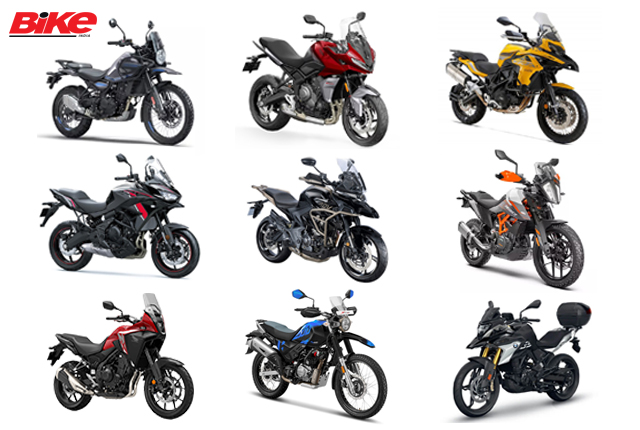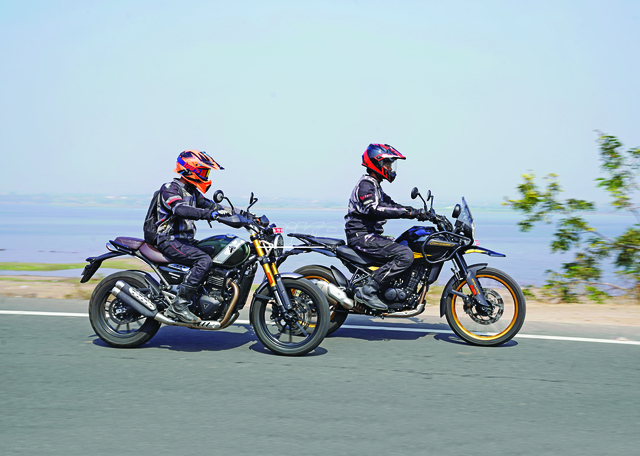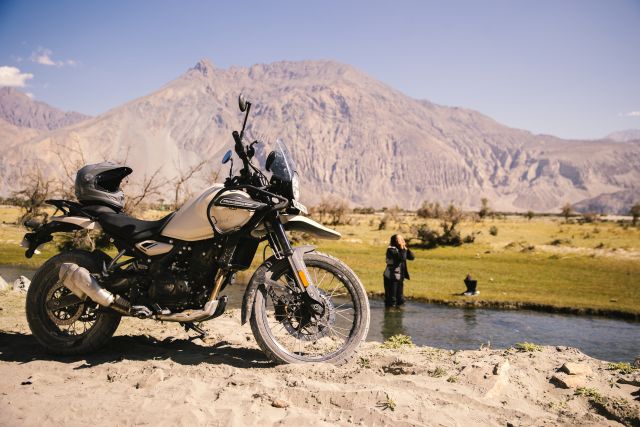
Having trouble to finding sporty, naked motorcycle under 400 cc? Here we have the full specification comparison of some contenders in this space.
[Read more…] about Spec Comparo: Bajaj Pulsar NS400Z v RivalsBest Bikes in India | No.1 Two Wheeler Magazine

Having trouble to finding sporty, naked motorcycle under 400 cc? Here we have the full specification comparison of some contenders in this space.
[Read more…] about Spec Comparo: Bajaj Pulsar NS400Z v Rivals
Ather’s first electric scooter, the Ather 450S, was aimed squarely at the enthusiasts, but that is always a small slice of the pie. The volume market in scooters is in the family scooter segment. So, Ather’s newest model, the Ather Rizta is targeted for this customer demographic. Here’s how it stacks up against its rivals in the market:
[Read more…] about Spec Comparo: Ather Rizta S, TVS iQube 2.2 kWh, Ola S1 Air, Bajaj Chetak Urbane, Vida V1 Plus
If you have Rs 10 lakh and you want to spend it on an ADV, here is a guide for you.
[Read more…] about ADVs in India Under Rs 10 lakh, Before TaxesIncorporating off-road functionality into a road-going motorcycle is difficult, but to do it and price it so well is nothing short of magical.

The Royal Enfield Himalayan 452 was recently revealed by the iconic motorcycle brand. We take a look at what are the differences between the Himalayan 411 and the all-new Himalayan 452.
